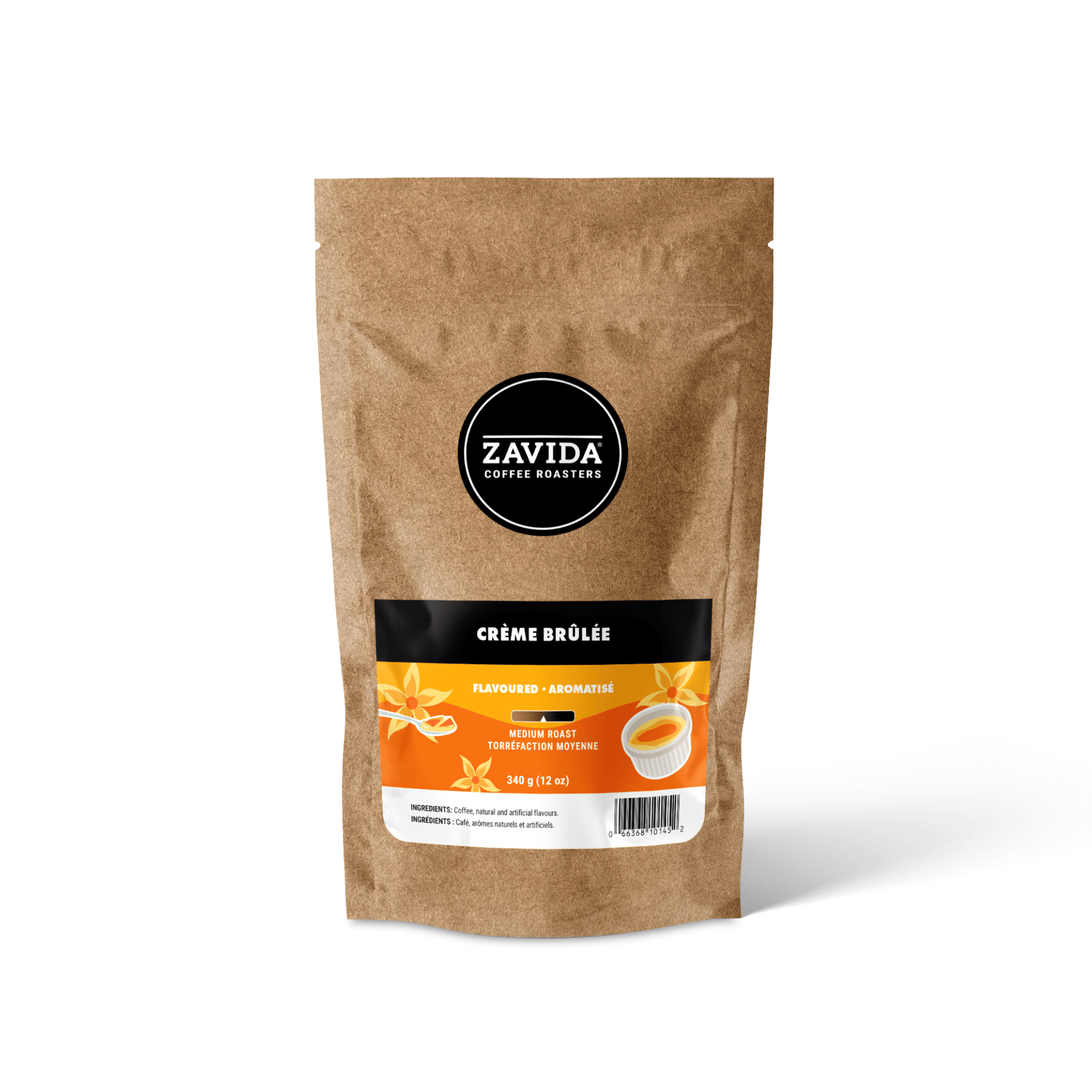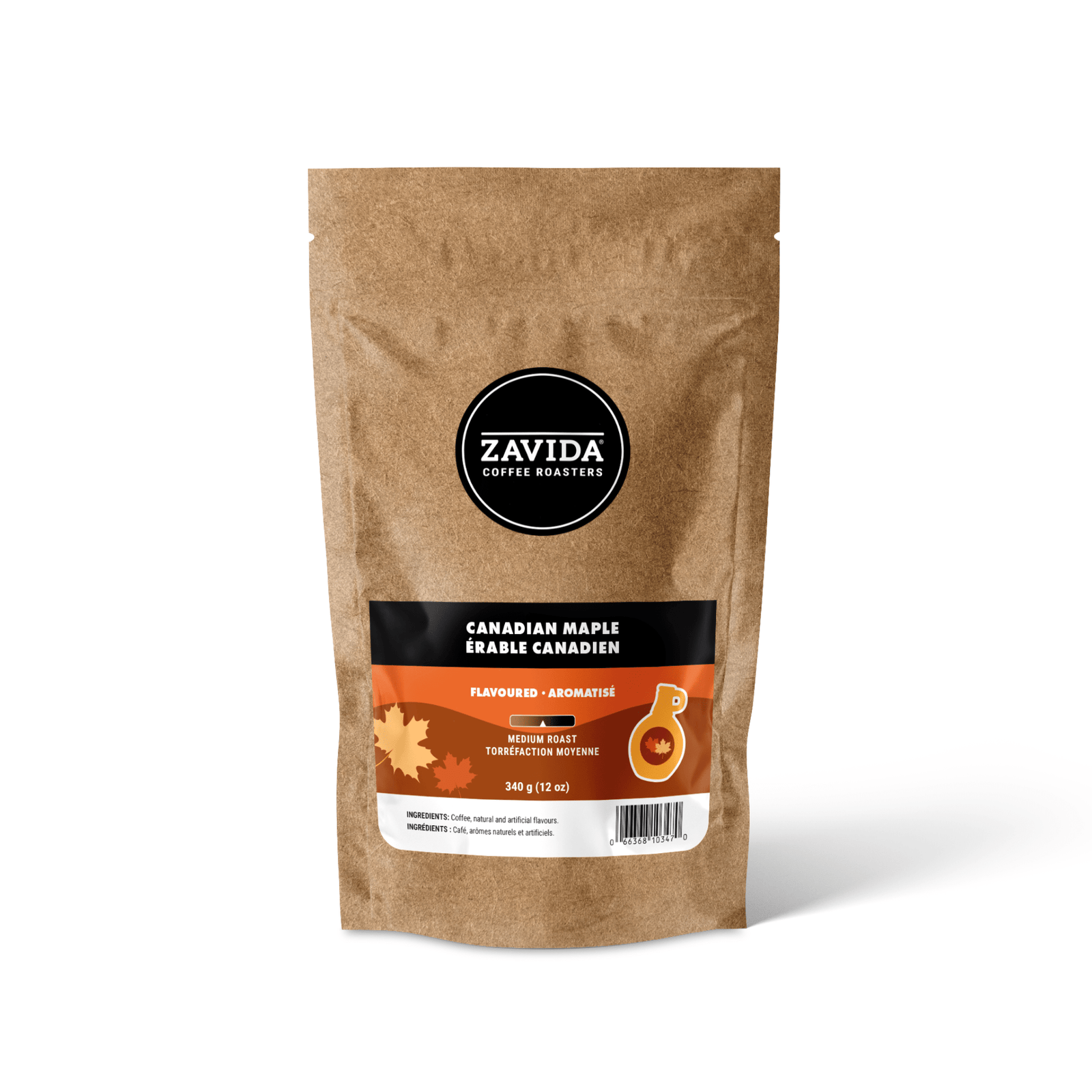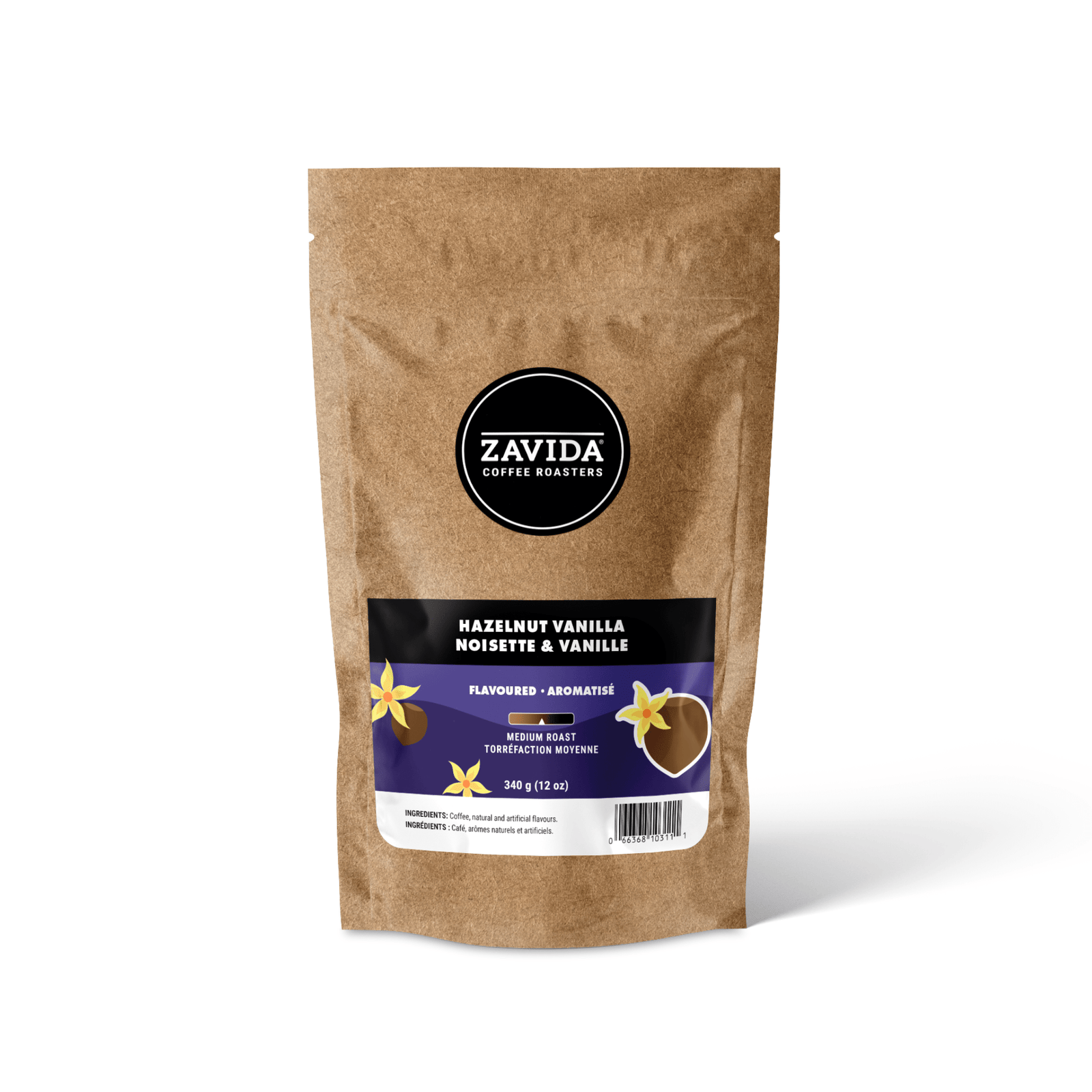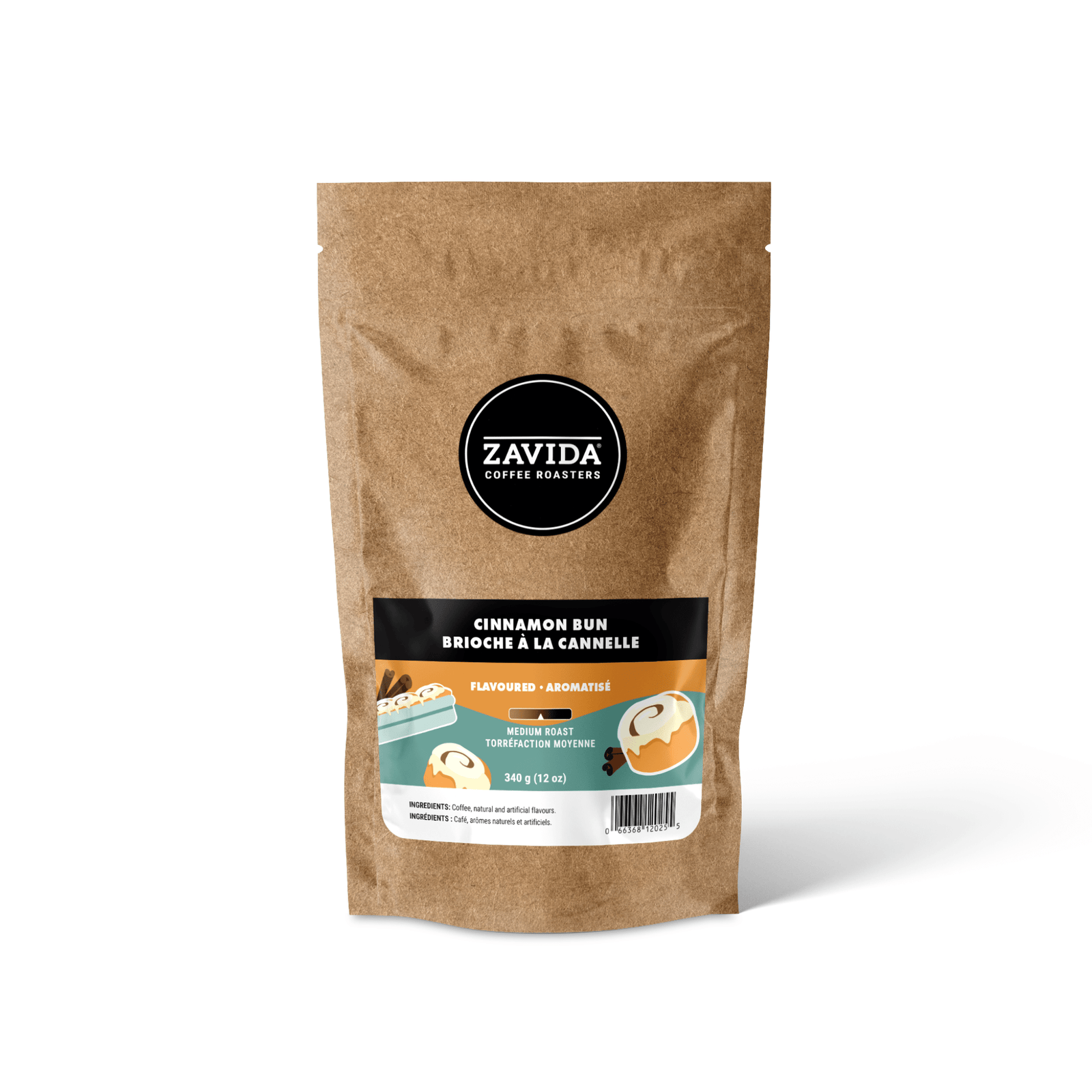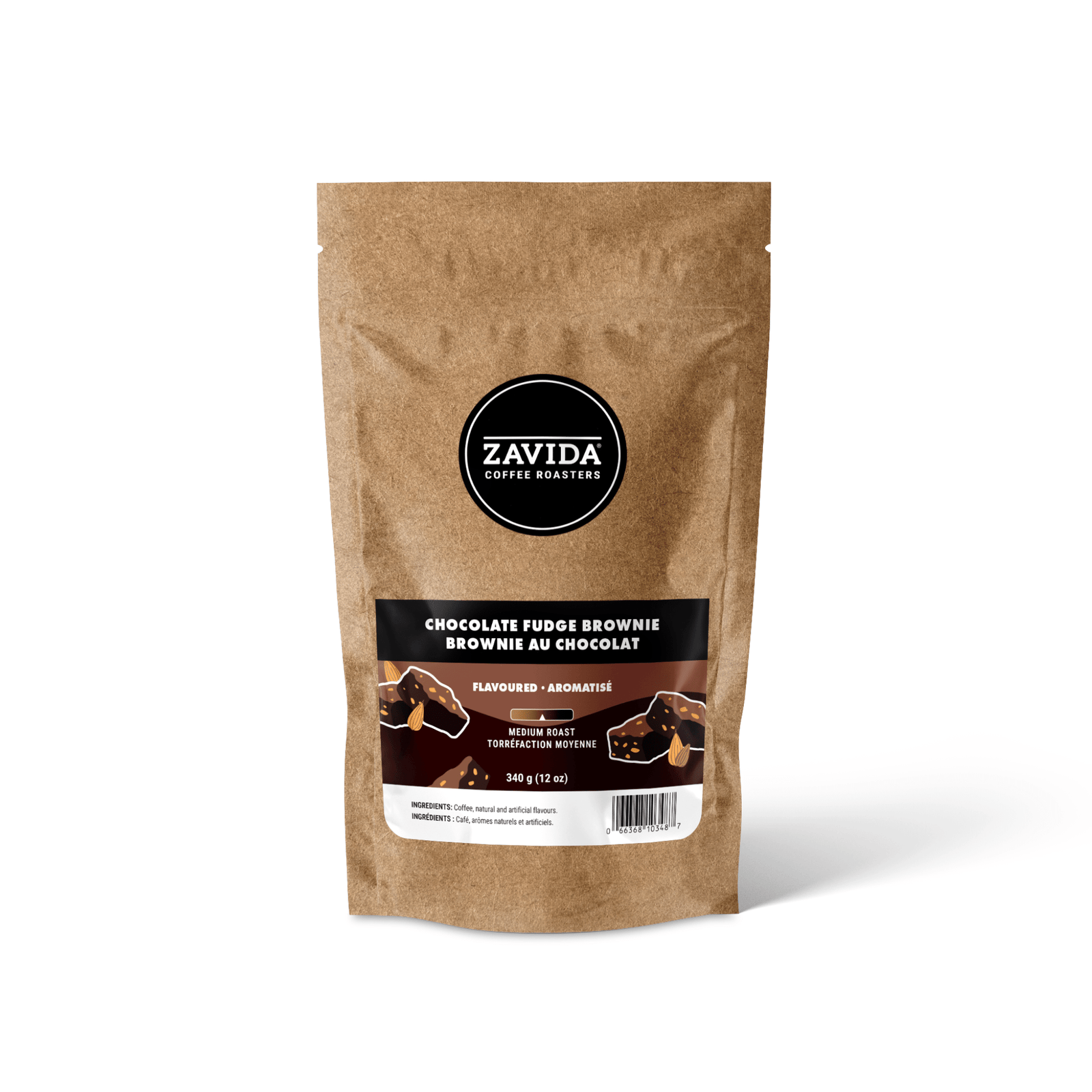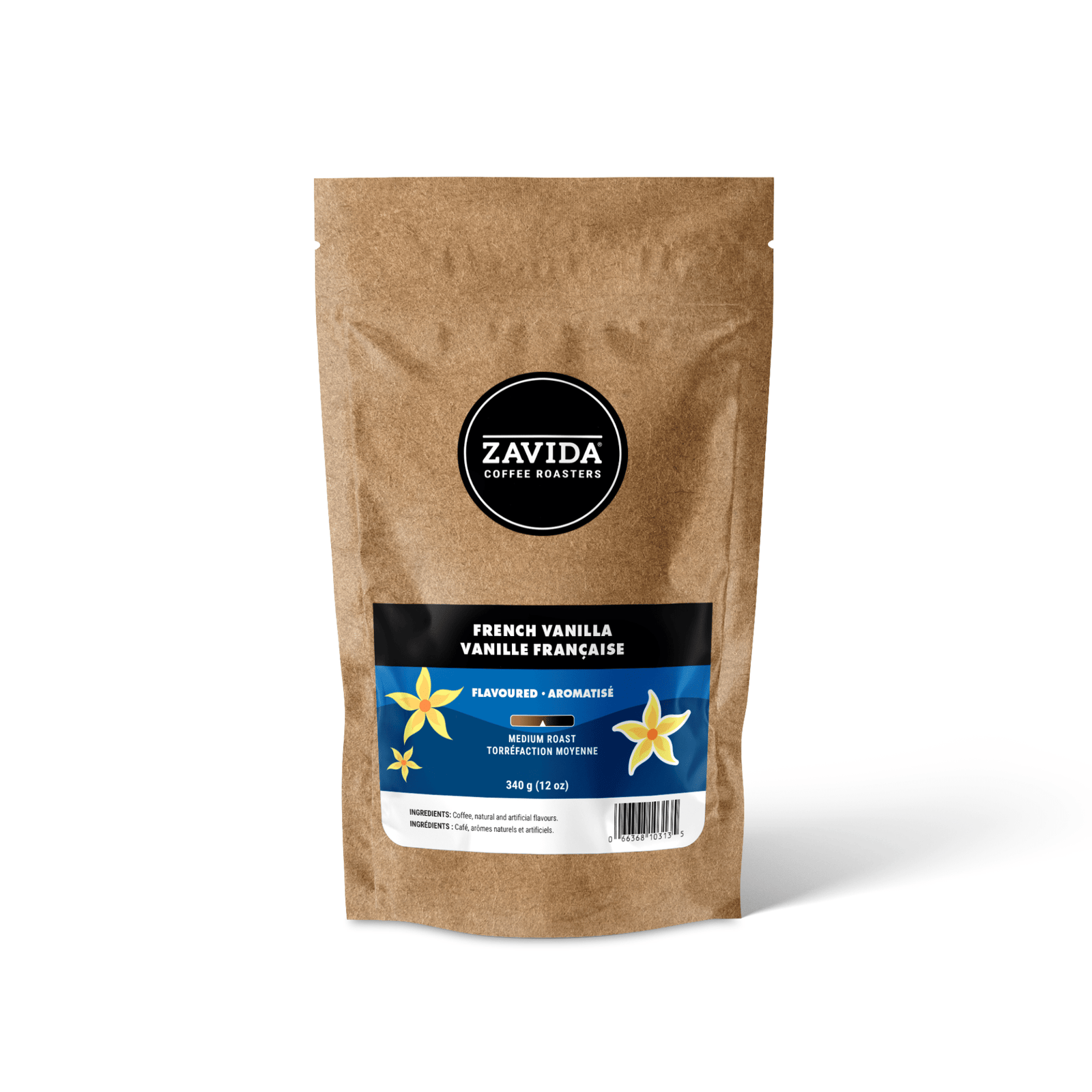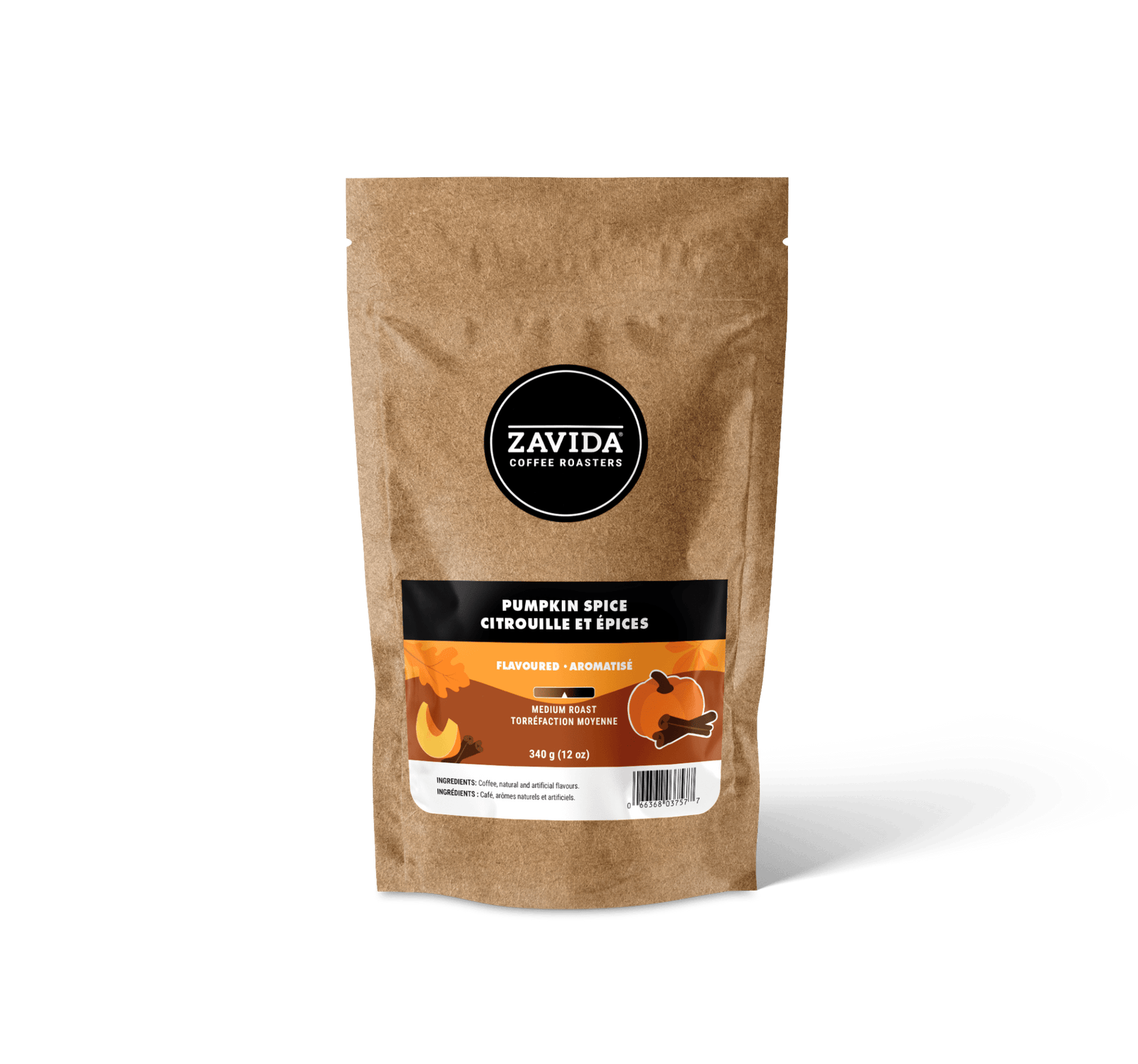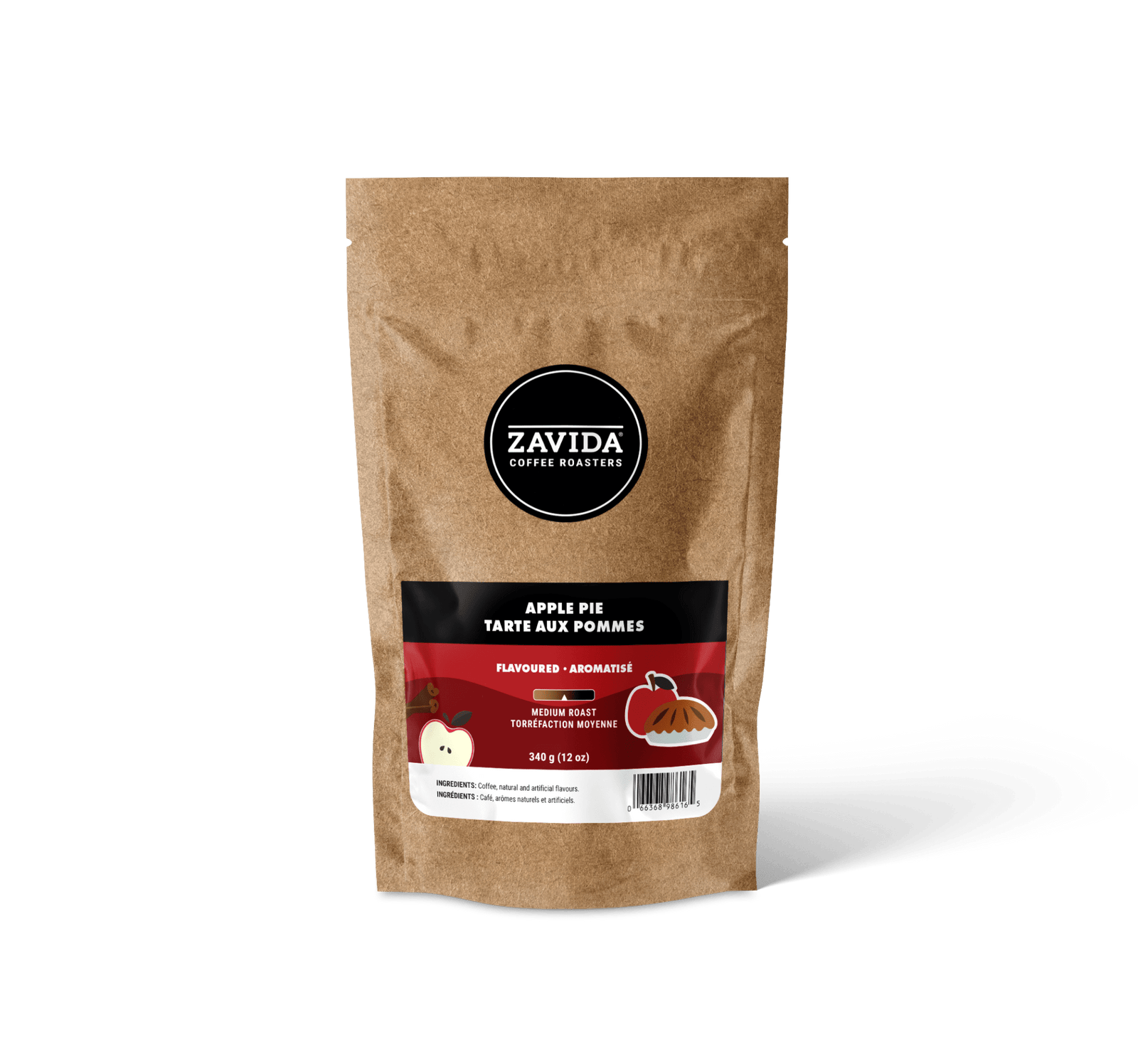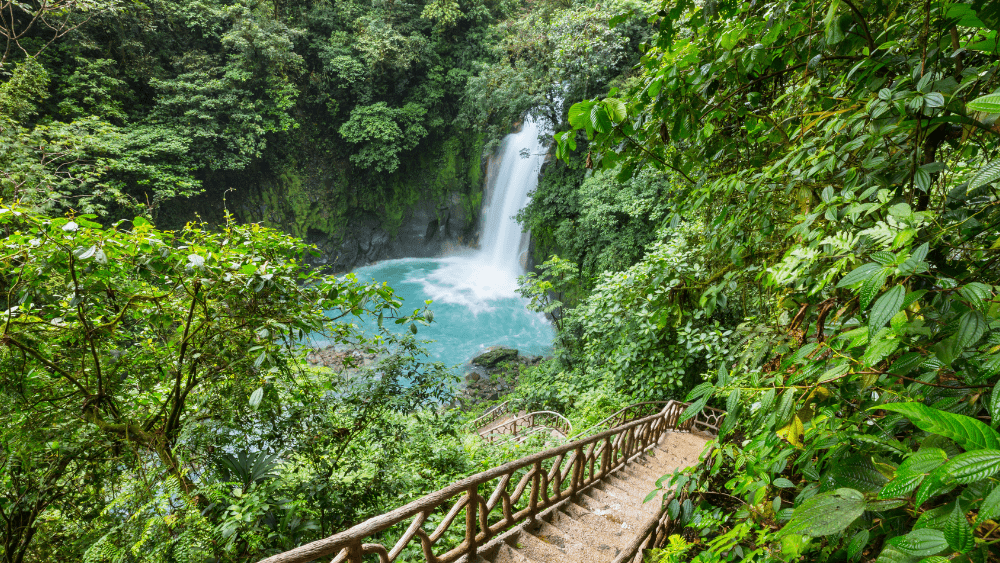
Le Costa Rica est un parfait exemple de la production de café qui a façonné l'histoire d'un pays. Ses racines remontant à 1779, le gouvernement costaricien a stimulé la production en offrant aux agriculteurs volontaires des parcelles de terre pour la récolte des caféiers de spécialité au XIXe siècle.
Bien que le café arabica ait d'abord été exporté en Europe via l'Arabie et l'Éthiopie, les Britanniques, dès qu'ils ont eu vent de cette opportunité, ont commencé à injecter des capitaux dans l'économie costaricienne. Les revenus générés ont finalement permis la construction de la première ligne de chemin de fer reliant le Costa Rica à la côte atlantique, marquant ainsi le premier grand succès du commerce du café dans la région.
Surpassant d’autres exportations clés telles que le cacao, le sucre et le tabac, les premières plantations de café au Costa Rica ont attiré l’argent et l’attention des riches barons (Cafetaleros) qui ont joué un rôle majeur dans la croissance du marché du café costaricien.
QU'EST-CE QUI REND LE CAFÉ DU COSTA RICA UNIQUE ?
Appelées Grano do Oro, autrement dit « grain d'or », les cerises de café produites dans les plantations du Costa Rica possèdent un ensemble de normes et de caractéristiques qui les rendent vraiment uniques par rapport aux autres régions.
Avec une altitude idéale de 1 200 à 1 700 m, les caféiers aiment la chaleur mais sont sensibles à la lumière directe du soleil – ce qui explique pourquoi la vallée centrale du Costa Rica est devenue l'un des premiers endroits au monde pour cultiver et récolter le café.
Contrairement à la plupart des cerises de café qui contiennent deux grains, le café qui en produit un seul est appelé caracol. Ces cerises à grain unique, plus communément appelées peaberries, sont souvent réservées à des clients particuliers qui préfèrent un café torréfié exclusivement à partir de ces grains. Les peaberries du Costa Rica sont particulièrement spéciales, car le taux de caracols semble être plus élevé au Costa Rica que partout ailleurs.
Les grains de café Peaberry sont connus pour leur aspect plus petit et plus dense que les grains « plats » classiques. Si certains affirment qu'il n'y a pas de différence notable, la plupart des experts s'accordent à dire que le café préparé exclusivement avec des grains Peaberry a un goût plus sucré.
OÙ PUIS-JE ESSAYER LE CAFÉ COSTARICAIN ?
C'est drôle que vous posiez cette question ! Charles a commencé son aventure caféière en travaillant dans des plantations costaricaines. C'est alors qu'il a décidé de s'adresser aux meilleurs torréfacteurs et dégustateurs du secteur pour finalement fonder Zavida Coffee. Sans exagération, nous sommes donc fiers de dire que nos racines sont en partie ancrées dans ce magnifique pays qu'est le Costa Rica.
Ceci dit, notre Cielo Alto costaricien est le fruit de 30 ans d'expérience en torréfaction. C'est un café exceptionnel, de qualité grain dur, moyennement corsé, avec un arrière-goût sucré et floral, élaboré à partir des meilleurs grains du Costa Rica. Une seule tasse suffit pour comprendre pourquoi !







